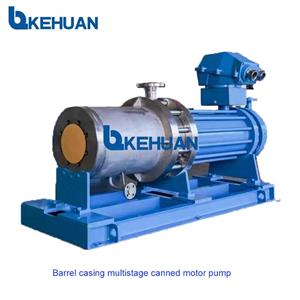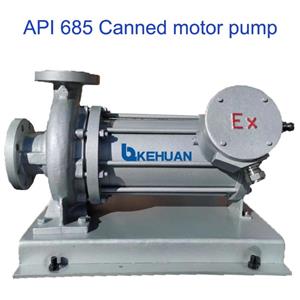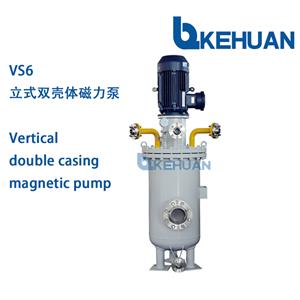Factors for Selecting Pumps in Groundwater & Irrigation Applications
Did you know that roughly 10% of the world’s electricity is consumed by electrical pumps? That consumption rate could be reduced by nearly half if outdated equipment was retrofitted with energy efficient pumping technologies that exist today. This stat presents a huge potential for members of the pump industry to make an impact in climate preservation and energy reduction while also taking advantage of new business opportunities. This article will present three examples of how these changes in the groundwater pumping industry can make a difference.
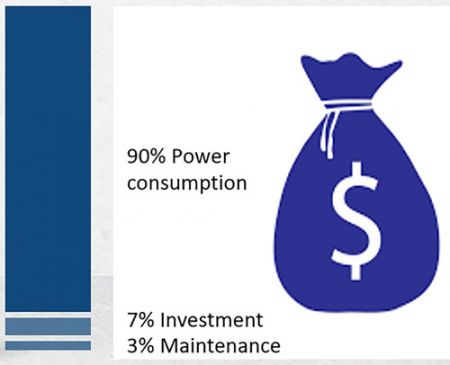
Pump efficiency, power consumption, ease/speed of maintenance, proven reliability and availability of the pumps all affect total cost of ownership—these are important factors when selecting a pump or system for a new installation or a retrofit. The type of equipment selected affects two different bottom lines:
The second is the lifetime cost of ownership. On larger pumps (motor sizes), around 5% to 10% of the cost relates to investment and an estimated 2% to 4% relates to maintaining the pump over its lifetime. Then roughly 90% points to the power consumption, which means efficiency is the real driver for operating expenses (opex) reduction on pump operation. Assume a pump is consuming 100 kilowatt-hours (kWh) of power. One point of efficiency improvement easily turns into 5,000 to 7,500 kWh in power reduction year over year, depending on operating hours per day.
The following are three examples of common pumps used in the groundwater and irrigation industry and factors that should be considered when selecting each type of pump.
Permanent Magnet Submersible Pump
In 1929, the first submersible turbine pump was designed to be installed in a well where the motor and pump were both deep under water. The majority of submersible motors are submersible induction asynchronous wire wound motors with a rotor/stator design and have been around for years. Lower horsepower (hp) submersible motors incorporating permanent magnet design have been on the market for 20 years. Take a closer look at the 6-inch permanent magnet (PM) submersible groundwater motor. On the PM motor, old-school wire winding is replaced with a permanent magnet high-efficiency design.
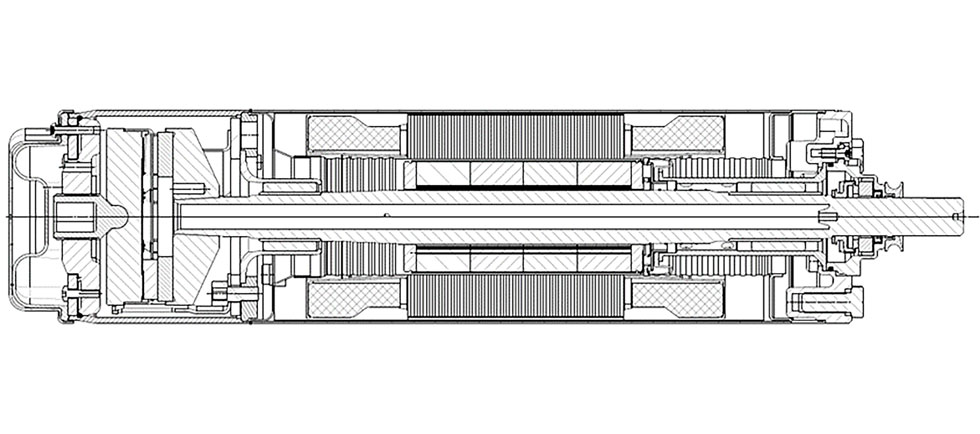
With the increased flow and total dynamic head (TDH) (1,500+gallons per minute [gpm]/2,000 feet+TDH), the applications for groundwater installations certainly increase. The maximum liquid temperature for standard motors is 104 F, whereas some submersible PM motors aerated at 140 F. In a PM motor design, efficiency is higher and the losses are less. This means less heat is generated by the motor, which helps the motor to handle higher liquid temperatures—thus, a stronger and more efficient motor.
Manufacturers also offer motor construction in 304 stainless steel (SS) and an option for 904 L steel when aggressive water may be present. Some PM motors come standard with a silicon/silicon
carbide mechanical shaft seal. Another important feature to look for in a PM motor design is that the magnets are protected in a stainless-steel canned enclosure. This helps in avoiding demagnetization and increases the robustness of the motor.
All PM motors need a variable frequency drive (VFD) for operation, which brings benefits along with it. Since PM motors are different compared to asynchronous motors, here are a few things to know about running a PM motor:
The motor is an interior permanent magnet (IPM), so not all VFDs will work. The VFD must be designed and set up to run IPM PM submersible motors. Only use a VFD designed to run PM motors to be safe, or check a different brand VFD for IPM compatibility with PM submersible motors.
Vertical Multistage Pump
The world’s first vertical multistage inline pump was developed in 1971. This pump has become a groundwater industry standard and continues to push the limits of what is possible for users. The first one was developed for a farmer that needed a groundwater irrigation pump. These days, many manufacturers provide this type of pump for residential groundwater, agriculture, water transfer, municipal, industrial and more.
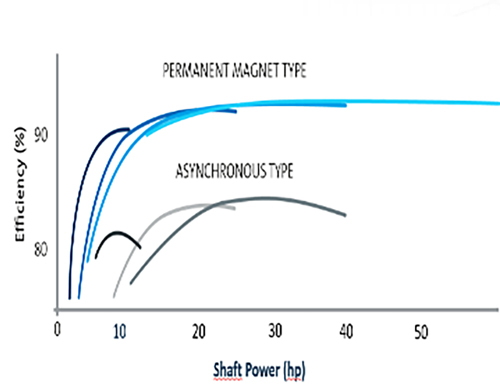
Selecting the pump manufacturer is important to ensure the manufacturer provides experience showing reliability, performance, efficiency and low cost of ownership. In the last couple of years,
these vertical multistage type pumps have shown even more improvements, especially in energy efficiency and improved suction lift capabilities (net positive suction head, or NPSH).
Variable Frequency Drives and/or Renewable Solar Inverters
VFDs can control the PM submersible and vertical multistage pump’s performance by adjusting the speed of the motor. They also help to operate the pump close to the best efficiency point (BEP), which helps to reduce power consumption.
When selecting a VFD for pumps, it is important to select one that is designed to run pumps. A VFD designed specifically for pumps provides great pump protection against overload, underload, loss of leg, overvoltage, undervoltage, phase unbalance, dry run and more.
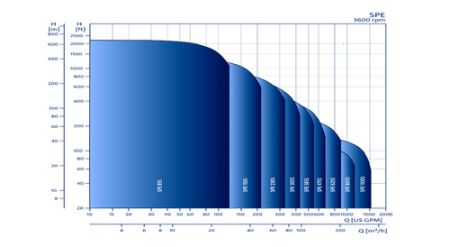
The VFD will start the pump like a soft start, so this reduces inrush current. Soft starting technology also reduces the stress of water hammer on the pump and supply lines. True pump VFDs are programmed for pumping applications and a quick setup wizard can help to set up VFDs in just a few minutes as a lot of parameters are preloaded by pump type.
Powering Pumps With Renewable Energy
There are three ways to power the PM submersible pumps or vertical multistage pumps. The first is 460-volt grid power provided through a utility company.
Another way is looking at operating normal alternating current (AC grid power) pumps with direct current (DC) power. Advances in solar inverter technology allow a wide variety of pumps and increased hp sizes to be operated with DC voltage. Solar inverters are increasing in popularity to power new and existing pumps and motors. They can be programmed to provide all of the options and protection that a VFD offers.
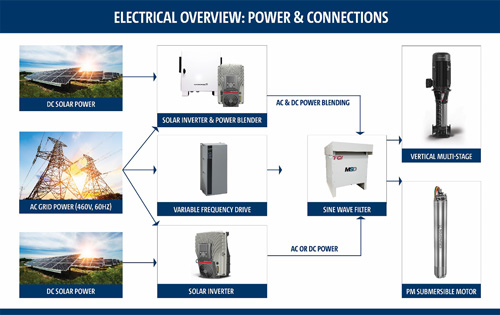
One last example of operating pumping systems is incorporating the best of both worlds—using and blending both AC and DC power. Solar inverters now have the technology to simultaneously blend DC and AC power. Both the blending of AC and DC or the use of DC alone offer savings and a way to offer users something that can make an impact. The 10% point increase in efficiency can allow users to deliver more water at the same hp and also may even reduce the number of solar panels required in some applications.
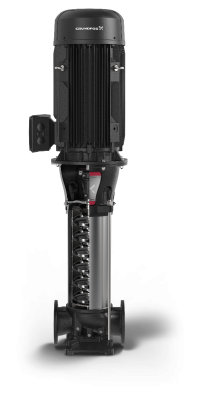
Users of groundwater and irrigation pumps have an opportunity to provide water while also doing their part to reduce the carbon footprint and make a positive impact on the environment.

